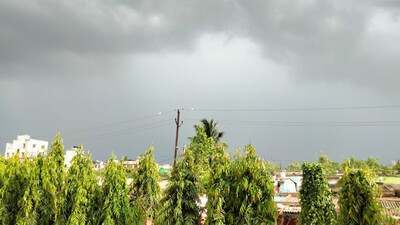Recommended Stories
Washington: A new satellite expected to be launched this month will improve drought monitoring around the world, the US space agency said in a statement.
The Soil Moisture Active Passive (SMAP) satellite will provide the best maps yet of soil moisture levels from pole-to-pole.
The satellite, which will be carried aloft by a Delta II rocket, is likely to be launched Jan 29 from Vandenberg Air Force Base in California.
Soil moisture is one of the key factors in estimating drought severity; it also influences local weather, adds to hazards such as flooding, and plays a role in how plants store and release carbon.
"I think the next couple of years are going to be very exciting for Earth science," said Dara Entekhabi, SMAP science team lead and an environmental engineer at the Massachusetts Institute of Technology (MIT).
Data from the satellite will track global soil moisture levels for the top two inches of the Earth's surface every two to three days.
Scientists will for the first time get a bird's-eye view of drought patterns; for instance, they will watch where droughts begin and end, and how droughts spread across large areas.
The mission is planned to last three years, at a cost of $916 million (including launch), but the instruments could last several years longer.
The soil moisture maps will help farmers who depend on rain to irrigate crops.
The SMAP satellite's most prominent feature is its rotating mesh antenna, which measures nearly six metres across - the largest ever deployed in space.
"The spacecraft looks somewhat like the tail wagging the dog with this very large antenna," said Kent Kellogg, SMAP project manager at NASA's Jet Propulsion Laboratory in Pasadena, California.
SMAP was one of five Earth observation satellites that NASA targeted for blast off in 2014.












